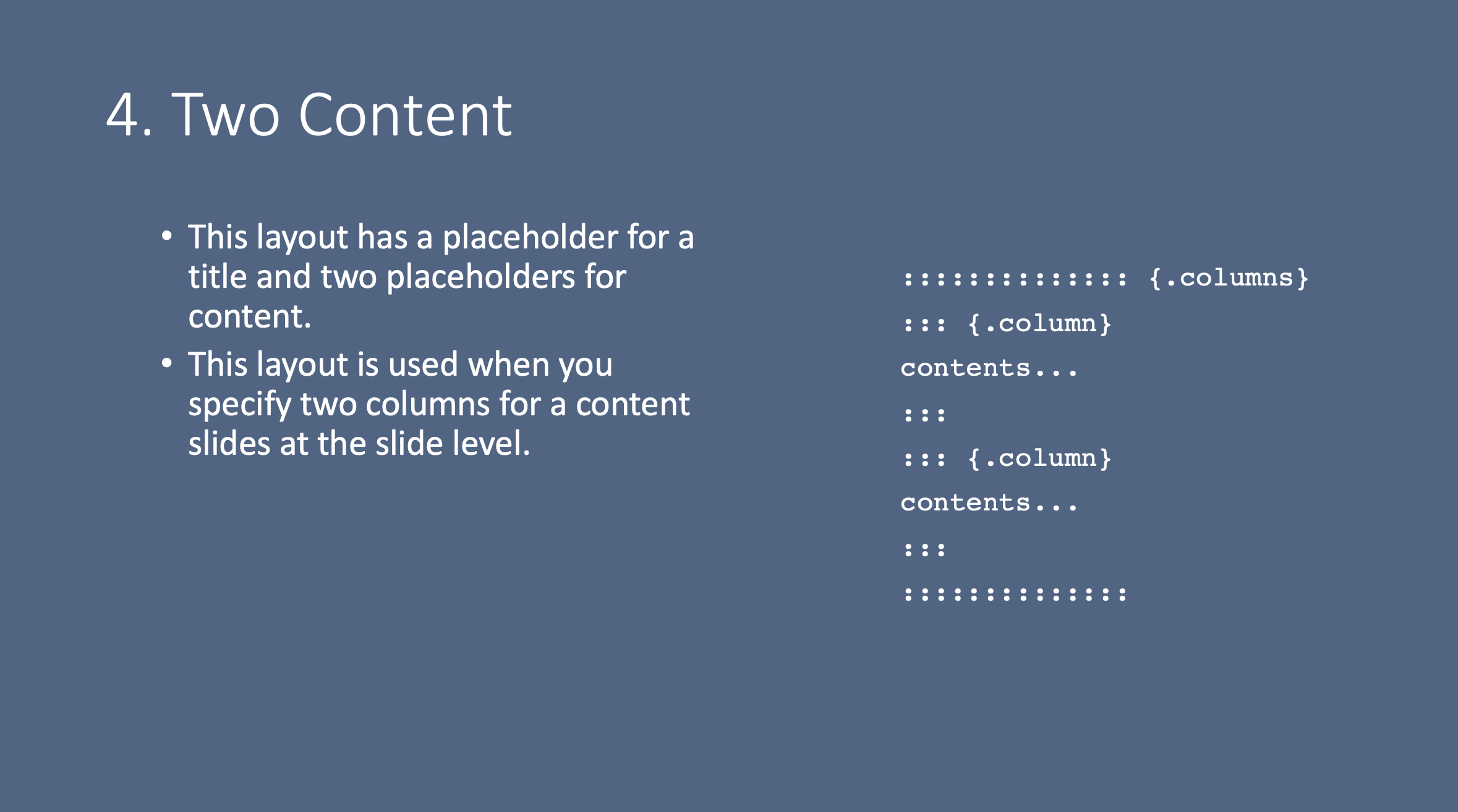We can group the resultset in SQL on multiple column values. All the column values defined as grouping criteria should match with other records column values to group them to a single record. To get there, refresh on this tip - "As long as the j-expression returns a list, each element of the list will be converted to a column in the resulting data.table".
Let us use the aggregate functions in the group by clause with multiple columns. This means given for the expert named Payal, two different records will be retrieved as there are two different values for session count in the table educba_learning that are 750 and 950. It is possible to subset both rows and columns using the subset function. We can use double square brackets [[]] to select multiple columns from a data frame in Pandas.
In the above example, we used a list containing just a single variable/column name to select the column. If we want to select multiple columns, we specify the list of column names in the order we like. Another method for subsetting data sets is by using the bracket notation which designates the indices of the data set. The first index is for the rows and the second for the columns. The x.sub4 data frame contains only the observations for which the values of variable y are equal to 1. Note that leaving the index for the columns blank indicates that we want x.sub4 to contain all the variables of the original data frame.
Because logical subsetting allows you to easily combine conditions from multiple columns, it's probably the most commonly used technique for extracting rows out of a data frame. Group by is done for clubbing together the records that have the same values for the criteria that are defined for grouping. When a single column is considered for grouping then the records containing the same value for that column on which criteria are defined are grouped into a single record for the resultset. When used with data frames , we index by two positions, rows and columns.
The square brackets should contain two objects, a vector indexing the rows and a vector indexing the columns. To select all the elements along one dimension, omit that vector but include the comma. In general, it's a bad idea to combine data frames that contain different kinds of information (i.e., variables) about the same set of people in this way. It's difficult to ensure that the information in row n in both data frames is really about the same person .
However, I do sometimes find bind_cols() to be useful when I'm writing my own functions in R. We haven't quite learned how to do that yet, but we will soon. The group by clause is most often used along with the aggregate functions like MAX(), MIN(), COUNT(), SUM(), etc to get the summarized data from the table or multiple tables joined together. Grouping on multiple columns is most often used for generating queries for reports, dashboarding, etc. Full join keeps all the rows from both data frames in the resulting combined data frame.
The values for columns with no key value match in the opposite data frame are set to NA. When combining data frames vertically, one of the most important questions to ask is, "do the data frames have variables in common? " Just by examining data frame one and data frame two, you can see that the variables have the same names.
How can you check to make sure that the variables also contain the same type of data? Well, you can use the str() or glimpse() functions to compare the details of the columns in the two data frames. Pandas comes with a whole host of sql-like aggregation functions you can apply when grouping on one or more columns.
This is Python's closest equivalent to dplyr's group_by + summarise logic. Here's a quick example of how to group on one or multiple columns and summarise data with aggregation functions using Pandas. Let's start by creating a table of summary statistics from the trial data set. The tbl_summary() function can take, at minimum, a data frame as the only input, and returns descriptive statistics for each column in the data frame. When the data frame is being passed to the filter() and select() functions through a pipe, we don't need to include it as an argument to these functions anymore.
This is probably the join function that you will use the most. It's important to remember that left_join() keeps all the rows from the x data frame in the resulting combined data frame. However, it only keeps the rows from the y data frame that have a key value match in the x data frame. While pivot_longer() did a great job fetching the different observations that were spread across multiple columns into a single one, it's still a combination of two variables - sex and year. We can use the separate() function to deal with that.
The tbl_summary() function and the related functions have sensible defaults for rounding and presenting results. If you, however, would like to change the defaults there are a few options. The default options can be changed using the themes function set_gtsummary_theme(). The package includes prespecified themes, and you can also create your own.
Themes can control baseline behavior, for example, how p-values and percentages are rounded, which statistics are presented in tbl_summary(), default statistical tests in add_p(), etc. Very commonly you will want to put all of the variables you are using for a project into a single data frame, selecting a subset of columns using an arbitrary vector of names. The array and list extractors return a vector, while the subset function returns a data frame (we'll pipe to the head function to show just a few rows of the data frame). The rbind data frame method first drops all zero-column and zero-row arguments. Factors have their levels expanded as necessary and the result is an ordered factor if and only if all the components were ordered factors. (The last point differs from S-PLUS.) Old-style categories are promoted to factors.
This scenario is a little a different than the one above. It's still a one-to-one relationship because each participant in demographics has no more than one corresponding row in grip_strength. However, every key value in the x data frame no longer has one, and only one, matching key value in the y data frame. Therefore, we will now get different results depending on which join function we choose, and the order in which we pass our data frames to the x and y arguments. Before reading further, think about what you expect the results from each join function to look like.
Think about what you expect the results of switching the data frame order to look like. This common variable, or set of common variables, is also called a key. When we use the values in the key to match rows in our data frames, we can say that we are matching on key values. Sometimes, you might find that columns that have different names across data frames contain the same data. For example, suppose that data frame one has a variable named ID and data frame two has a variable named subject ID.
In this situation you might want R to combine these two variables when you combine data frames. For example, I want to know the count of meals served by people's gender for each day of the week. So, call the groupby() method and set the by argument to a list of the columns we want to group by.
In this tutorial, you will learn how to select or subset data frame columns by names and position using the R function select() and pull() . We'll also show how to remove columns from a data frame. We have previously seen that we can index vectors by position, name, or condition to extract and replace elements. In addition to the square bracket extractors, , we also have two "list" extractors, the dollar sign , $, and the doubled square brackets, []. Here it is relevant that a data frame is a special kind of list. When the arguments consist of a mix of matrices and vectors the number of columns of the result is determined by the number of columns of the matrix arguments.
Any vectors have their values recycled or subsetted to achieve this length. As our merges get more complex, we will get different results depending on which join function we choose and the ordering in which we pass our data frames to the x and y arguments. I'm not going to attempt to cover every possible combination. But, I am going to try to give you a flavor for some of the scenarios I believe you are most likely to encounter in practice. Many-to-many relationships are messy and are generally best avoided, if possible.
In practice, I'm not sure that I've ever merged two data frames that had a true many-to-many relationship. I emphasize true because I have definitely merged data frames that had a many-to-many relationship when matching on a single key column. However, after matching on multiple key columns (e.g., study id and date instead of just study id), the relationship became one-to-one or one-to-many.
How To Group By Multiple Columns In R We'll see an example of matching on multiple key columns later. In a one-to-one relationship, a single observation in one data frame is related to no more than one observation in the other data frame. We know how to align, or connect, the rows in the two data frames based on the values of one or more common variables. The subset function is the easiest way to select variables and observations. In the following example, we select all rows that have a value of age greater than or equal to 20 or age less then 10.
R has powerful indexing features for accessing object elements. These features can be used to select and exclude variables and observations. The following code snippets demonstrate ways to keep or delete variables and observations and to take random samples from a dataset. You can pass various types of syntax inside the argument for the agg() method. I chose a dictionary because that syntax will be helpful when we want to apply aggregate methods to multiple columns later on in this tutorial.
We can select multiple columns with a comma, after we specify the data frame . The same principle applies when unnesting list-columns of data frames. You can unnest multiple list-cols as long as all the data frames in each row have the same number of rows. You create other intermediate list-columns by transforming existing list columns with map(), map2() or pmap(). For example, in the case study above, we created a list-column of models by transforming a list-column of data frames. List-columns are often most useful as intermediate data structure.
We can also use the indices to subset the variables of the data set. The x.sub6data frame contains only the first two variables of the x.df data frame. Note that leaving the index for the rows blank indicates that we want x.sub6 to contain all the rows of the original data frame. The basic tabyl() function returns a data frame with counts. The first column name you add to a tabyl() argument becomes the row, and the second one the column.
You'll learn the six ways to subset atomic vectors. You'll then learn how those six ways act when used to subset lists, matrices, and data frames. It's simple to extend this to work with multiple grouping variables.
Say you want to summarise player age by team AND position. You can do this by passing a list of column names to groupby instead of a single string value. Now, in the images above we can see that there are 5 variables and 7 observations.
That is, there are 5 columns and 7 rows, in the tibble. Moreover, we can see the types of the variables and we can, of course, also use the column names. In the next section, we are going to start by concatenating the month and year columns using the paste() function. We wrap the variables within list(), which ensures that a data.table is returned. In case of a single column name, not wrapping with list() returns a vector instead, as seen in the previous example.
Thus, we're reevaluating the dataframe data using the order() function, and we want to order based on the z vector within that data frame. This returns a new index order for the data frame values, which is then finally evaluated within the of dataframe[], outputting our new ordered result. The package dplyr is a fairly new package that tries to provide easy tools for the most common data manipulation tasks. An additional feature is the ability to work with data stored directly in an external database. The benefits of doing this are that the data can be managed natively in a relational database, queries can be conducted on that database, and only the results of the query returned. We can use the aggregate() function in R to produce summary statistics for one or more variables in a data frame.
This example explains how to group and summarize our data frame according to two variables using the functions of the dplyr package. Note that even with Arrow, collect results in the collection of all records in the DataFrame to the driver program and should be done on a small subset of the data. In addition, the specified output schema in gapply(...) and dapply(...) should be matched to the R DataFrame's returned by the given function.
In practice, the "correct" result depends on what we are trying to do. In the scenario above, I would probably tend to want the result from left_join() or full_join() in most cases. The resulting data frame includes all rows from the demographics data frame and all the rows from the grip_strength data frame. Because participant 1005 never had their grip strength measured, and therefore, had no rows in the grip_strength data frame, their values for grip_r and grip_l are set to missing. Notice that the demographics and grip strength data are now correctly aligned for participants 1001 and 1002 even though they were still misaligned in the original data frames. That's because row position is irrelevant when we match by key values.
Inner join keeps only the rows from both data frames that have a key value match in the opposite data frame in the resulting combined data frame. In the example above, There is one key column – Var1. In the example above, we know that the first row of data frame one goes with the second row of data frame two because both rows have the same key value – 1.
The bind_rows() function makes it really easy to combine R data frames vertically. Next, let's learn how to combine data frames horizontally. The first argument to the bind_rows() function is the ... Typically, we will pass one or more data frames that we want to combine to the ...






























No comments:
Post a Comment
Note: Only a member of this blog may post a comment.